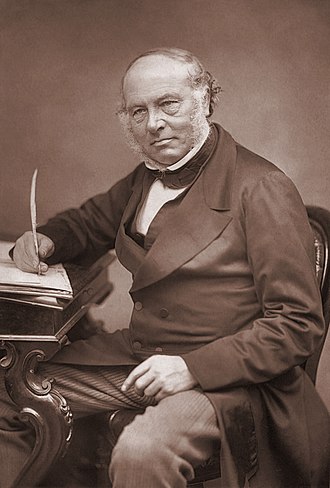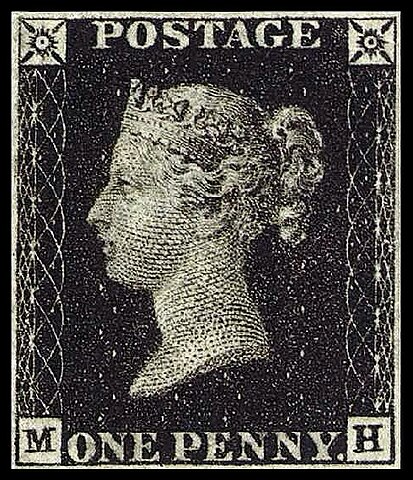The story of postage stamps is rooted in the need for postal reform, particularly in 19th-century Britain. Before their invention, the postal system was complex and inefficient. Postage rates were often exorbitant, calculated based on the distance a letter traveled and the number of sheets of paper it contained. This system placed the burden of payment on the recipient, leading to frequent issues with unpaid mail, as recipients either couldn’t afford the cost or simply refused to pay. This cumbersome process not only hindered the efficiency of postal services but also discouraged widespread communication.

Sir Rowland Hill – Creator of the World’s First Postage Stamp
Hill’s proposals faced initial resistance from the British government, who were skeptical of such a drastic change. However, merchants and the public recognized the potential benefits of his system and pressured the government to consider it. In 1839, Hill was granted a contract to implement his reforms. The first official postage stamp, the Penny Black, was issued in the United Kingdom on May 1, 1840. This stamp, featuring the profile of Queen Victoria, revolutionized postal services and marked the beginning of a new era in communication.

Penny Black – World’s First Postage Stamp
The introduction of the Penny Black was a resounding success. It streamlined the postal process, making it faster, more efficient, and more affordable. The concept of prepayment using adhesive stamps quickly gained popularity, and other countries soon followed suit. Brazil issued its first stamp in 1843, and the United States followed in 1847. By the mid-19th century, postage stamps had become a standard feature of postal systems worldwide.
The impact of postage stamps extended far beyond mere postal efficiency. They democratized communication, enabling people from all walks of life to send and receive letters with ease. This facilitated personal correspondence, business transactions, and the dissemination of information, contributing to social, economic, and cultural development. The humble postage stamp, a small piece of paper, played a significant role in connecting people and shaping the modern world.
Today, while electronic communication has transformed the way we interact, postage stamps continue to hold a place in our society. They remain an essential tool for physical mail, and they have also evolved into collectible items, often featuring intricate designs that commemorate historical events, celebrate cultural icons, and showcase the unique identity of nations. The story of postage stamps is a testament to the power of innovation in addressing societal needs and the enduring importance of communication.
Notes From A Stamp Collector
The Enduring Appeal: Popular Countries for Stamp Collectors
Postage stamp collecting, or philately, has captivated enthusiasts for over a century, offering a tangible connection to history, geography, art, and culture. While personal preferences vary widely,...
Subscribe
newsletter
(503) 440-4441
